
-

Ultraviolet light is a type of radiation emitted from the sun, and the wavelength of UV is shorter than visible light. Some exposure to UV rays actually helps the skin produce vitamin D, an essential vitamin that enhances the body’s ability to absorb important minerals. However, prolonged overexposure to UV light can cause damage to skin and eyes, which may potentially lead to the development of cataracts, macular degeneration or even permanent retinal impairment.
When you spend time outside during the day, you’re exposed to ultraviolet rays, even on a cloudy day. If you’re skiing, snowboarding or snowshoeing, UV rays can also be reflected off the surface of the snow, causing additional exposure. Most sunglasses and goggles from reputable brands offer 100% UV protection and will safeguard eyes against both UVA and UVB rays. You may also see sunglasses labeled as “UV 400.” These block UV rays with wavelengths up to 400 nanometers. In plain English, this means that even the tiniest UV rays are blocked from penetrating a UV 400 lens.
-

Although fit and style are certainly big considerations when choosing sunglasses, the most important element is the lenses. High-quality lenses will make the difference between a pair of sunglasses that simply shades your eyes and a pair that can actually enhance your vision in bright conditions. Today, most lenses are made of either glass or polycarbonate. Both of these materials typically offer 100% UV protection. Lenses are also available with additional features like polarization.
Polycarbonate Lenses
Polycarbonate lenses are lighter than glass, but are more prone to scratches and abrasions. High-quality polycarbonate lenses offer better shatter resistance than glass, which is why this material is also used to manufacture safety glasses. There are several proprietary polycarbonates available, including CR-39, which is lighter and more scratch-resistant than ordinary polycarbonate. Plutonite® is another advanced polycarbonate material developed by Oakley that offers high impact protection and optical clarity.
Glass Lenses
Although they’ve become less popular in the past few decades, glass lenses offer excellent optical clarity and provide better resistance to scratching than most polycarbonates. The primary drawback is weight and impact resistance. Glass lenses are noticeably heavier and slightly more prone to cracking or shattering than polycarbonate.
Polarized Lenses
Ideal for driving, water sports, boating, fishing and cycling, polarized lenses block glare that reflects off water, snow, icy roads, glass and other surfaces. Because reflected glare is more intense than normal sunlight, it can cause increased eye fatigue over time. Polarized lenses block reflected glare with a special film that incorporates horizontally aligned micro crystals, which work similarly to shutters in a window.
Photochromic Lenses
Unlike standard lenses, photochromic lenses incorporate a special light-sensitive layer within the lens that actually darkens the tint when exposed to sunlight. This layer also lightens the tint as conditions grow darker. If you often find yourself wearing sunglasses during the day and also during twilight hours, photochromic lenses are a great choice because they actually adjust to changing light conditions.
Gradient Lenses
A popular choice for driving, gradient lenses are made using a special gradient tinting process. This process creates a tint that is darkest at the top of the lens and gradually become lighter as it transitions to the bottom of the lens. The tint color may also change from top to bottom on some gradient lenses. This style is a great choice for driving because it cuts bright sunlight from above without diminishing your view of the dashboard.
-
Lens color plays an important role in the performance of your sunglasses. You should choose a color based on the way your eye reacts to it. Different colors can cause different visual sensations in different people, so choosing your lens color is a very personal decision. In other words, if you really like grey lenses, you might not like switching to brown, and visa versa. To give you a better idea of what to expect, we’ll cover some of the basic characteristics of each lens color.
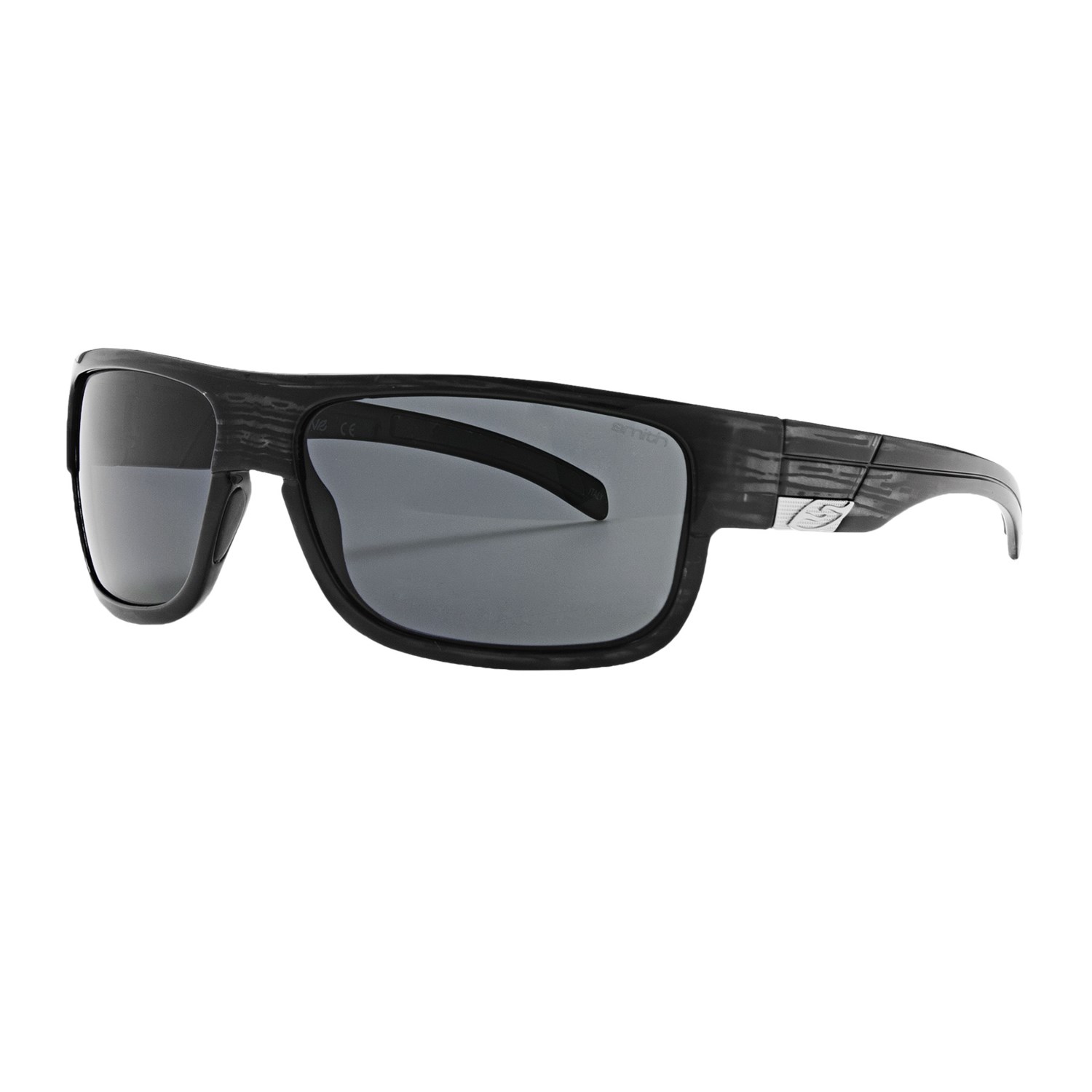
Grey Lenses
The most popular lens color for general use and ideal for bright conditions. Outside colors will remain the truest with grey lenses. This color also flattens light to help maintain normal depth perception. Grey lenses are good for everyday, all-purpose wear because they provide true color definition and shade the eyes in bright conditions.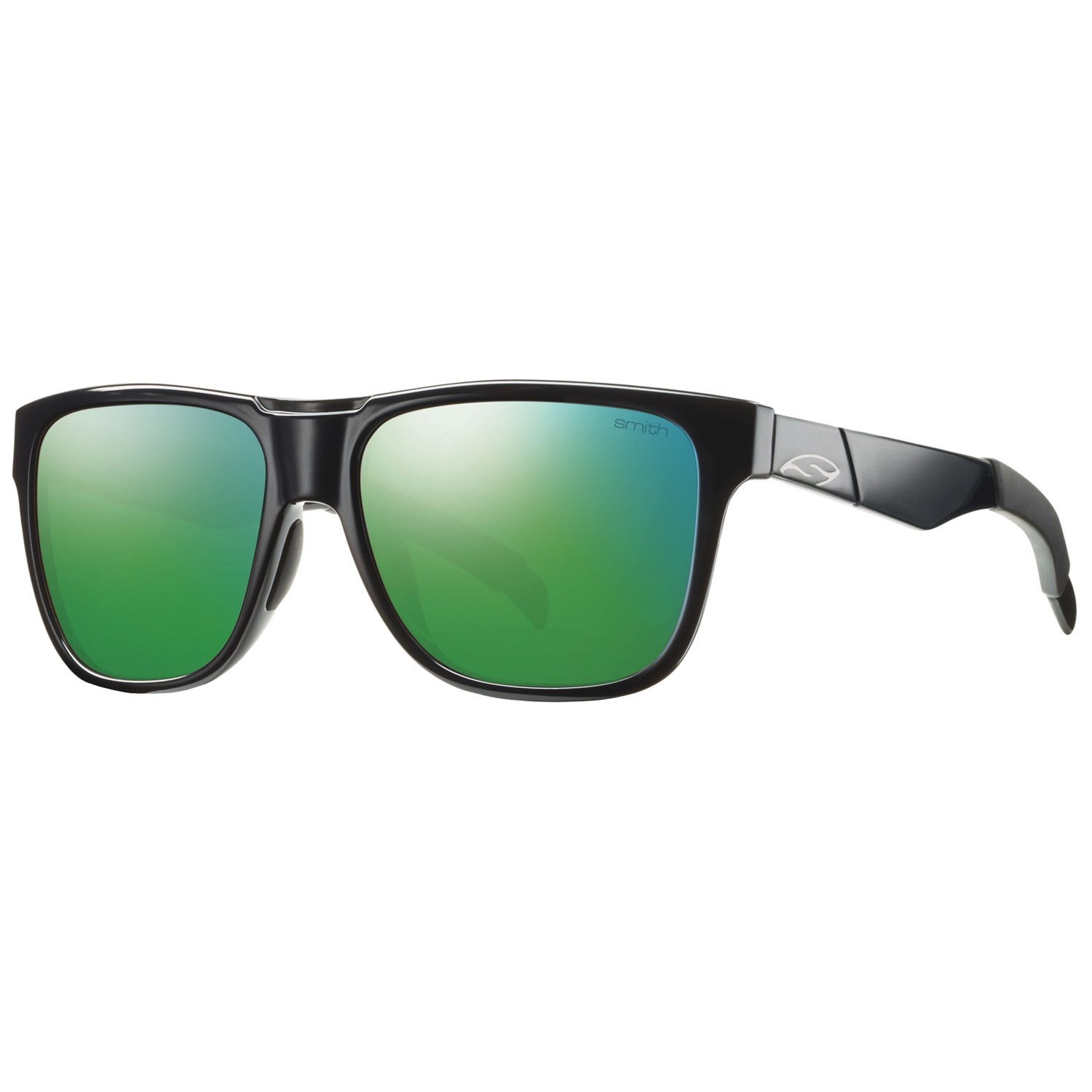
Green Lenses
Neutral color definition and also good for bright conditions. Green lenses also enhance contrast slightly.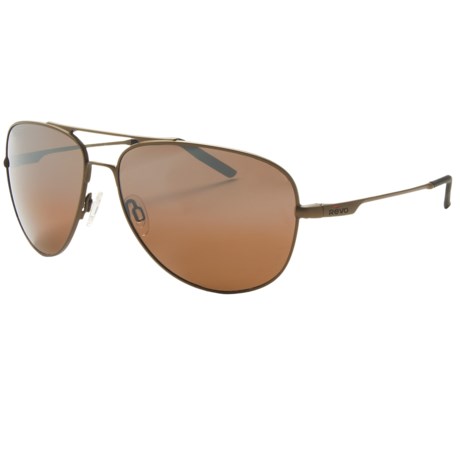
Brown Lenses
Effective at filtering light in hazy, foggy and bright conditions. Brown lenses improve contrast in a range of light conditions, which makes them popular for skiing, boating and driving.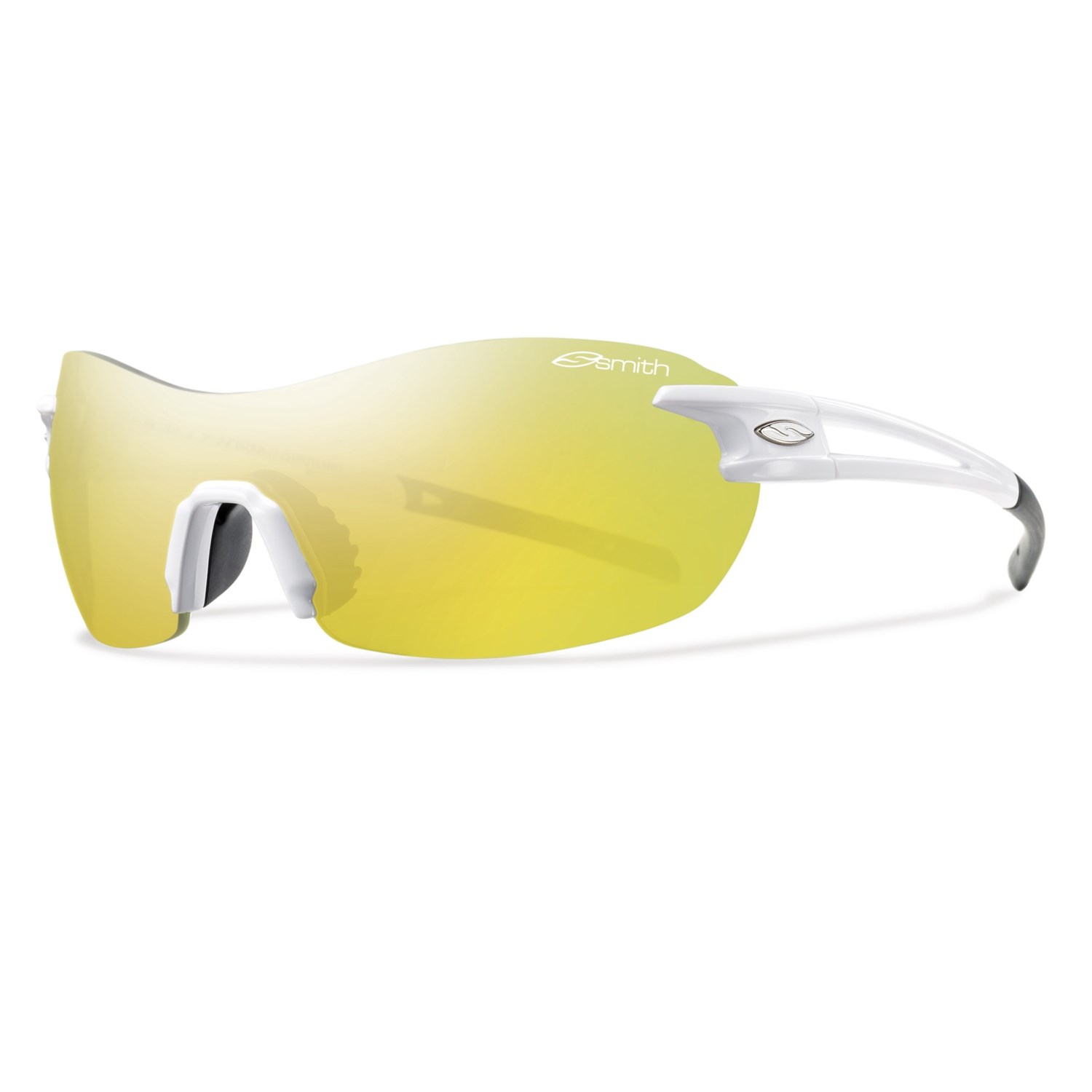
Yellow Lenses
Enhanced depth perception. Yellow lenses feature less tint, which makes them ideal for low light, overcast weather and stormy conditions. Colors will be somewhat distorted, however. Great for shooting sports.
Amber Lenses
Similar to yellow, although with slightly more tint. Amber lenses are good for low light, moderate light and overcast conditions. This color also makes it easier to see terrain definition in certain conditions, which is why amber lenses are popular for skiing and snowboarding goggles.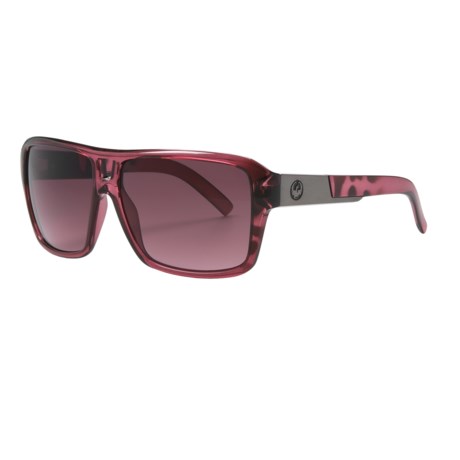
Rose Lenses
Light filtering and improved depth perception, similar to a haze filter on a camera. Some people believe rose-colored lenses minimize eye fatigue over long periods of time. Ideal for low light and flat light conditions.
Interchangeable Lenses
Some sports-oriented sunglasses have interchangeable lenses. These lenses can be removed from your sunglasses and easily swapped for a different-colored lens to adapt to changes in light conditions or activity. -

Now that you've chosen the color of your lenses, you'll need a frame to hold them. Sunglass frames are generally made from composite, nylon, metal or an alloy.
Nylon Frames
Frames made of nylon are created using the same polymer used to make nylon fabric, although in a form that is more similar to molded plastic. Nylon frames are lightweight and relatively flexible. This allows the frame to bend slightly and return to its original shape, which makes nylon a good choice for high-performance eyewear.
Plastic Frames
Plastic, also called thermoplastic or composite, is a lightweight, strong, flexible and inexpensive material for creating sunglasses. Although not as strong as nylon, high-quality plastics used to create sunglasses are still quite durable.
Metal Frames
Heavier and more rigid than polymer frames, metal frames are slightly more prone to bending or breaking at stress points. However, because metal frames are more rigid, many models have spring-loaded hinges to help them stay in place and provide a flexible fit. The ends of the ear pieces and the bridge over the nose often have rubber grips attached for comfort. Metal frames are general more suited toward casual wear.
Cellulose Acetate Frames
A plant-based plastic, cellulose acetate has been used to make eyewear for more than 60 years. Modern acetate is strong and is capable of being crafted in a wide range of colors and transparencies. -

The popularity of outdoor sports like mountain biking, rock climbing, kayaking, skiing, golfing and fishing has created the demand for performance-oriented sunglasses. To meet the various demands of both recreational and competitive athletes, sunglass manufacturers are producing lightweight and flexible sunglasses made of durable materials featuring grip components and high-tech performance lenses.
Follow these guidelines to determine which shades are right for your sport:
Skiing and Snowboarding
- Grey, Brown, Gold, Amber and Rose are all popular lens colors for winter sports, depending on the light conditions.
- Polarized lenses reduce reflected glare from ice and snow.
- Interchangeable lenses are a great investment to allow you to adapt to changing conditions.
- Also look for fog-resistant coatings and coating that shed water.
Cycling
- Look for a lightweight pair of sunglasses that will fit closely to the face, block the wind and provide good peripheral coverage. Sport sunglasses with a “wrap-around” fit are ideal.
- Sunglasses with interchangeable lenses are very popular for cycling because they allow you to swap out the lenses during a ride if conditions change. Consider looking for a pair with a clear set of lenses you can wear during dusk and nighttime.
- Polarized lenses will significantly cut glare from the road and car windshields.
Hiking and Running
- Look for sunglasses that offer good coverage and a comfortable fit. If you wear a hat, be sure to pick a pair that will fit comfortably with your hat.
Hunting and Shooting Sports
- Wearing sunglasses with yellow lenses allows for the greatest depth perception and highest contrast.
- Most shooting eyewear is made with impact-resistant lenses that are designed to provide added protection in the event of a misfire.
-

Face shapes are categorized into five types: square, round, triangular, oblong and oval. Follow these guidelines to help you select the frame that will best complement your features.
Square Face
Look for frames that are curved slightly. The top of the frames should sit high enough on your face to downplay your stronger jaw line.
Round Face
To offset a predominantly round face, look for frames with straight or angular lines. Frames in a darker color also minimize fullness.
Triangular Face
A triangular face is characterized by a broader forehead with a narrower mouth and chin. Frames with a thin rim and straight vertical lines will help balance out a triangular face. Make sure that the frames don't sit too high on your face or they will exaggerate the shape. Large frames, bold colors and square shapes should be avoided on triangular faces.
Oblong Face
Oblong faces are longer than they are wide and close to the same width across the forehead, jaw line and cheekbones. Most frames look good on oblong faces, as long as the size of the frames is in proportion to the rest of your face.
-
An accurate temple measurement will ensure that the frames will sit comfortably on your face without sliding down your nose or rubbing behind your ears. Since manufacturers offer slightly different temple sizes on select models of frames, we recommend you use the following guidelines to get an idea of the size you need. (Note that the temple-to-temple measurements will be included in the product details online.)
Temple length is measured in inches across the top of the frame, from one hinge point to the other. The temple sizes below correspond to the type of fit they provide.
- Frames that measure up to 4 15/16" will provide a narrow fit for narrower faces.
- Frames that measure between 5" and 5 5/16" will provide a medium fit for average-sized faces.
- Frames that measure 5 3/8" and up will provide a wider fit for round or square faces.